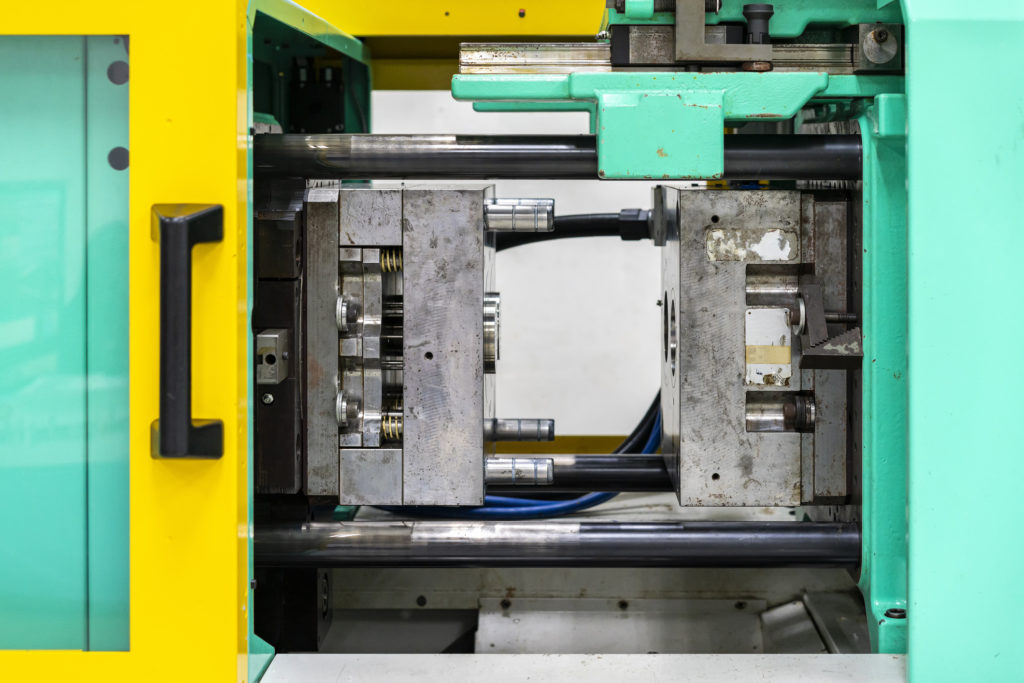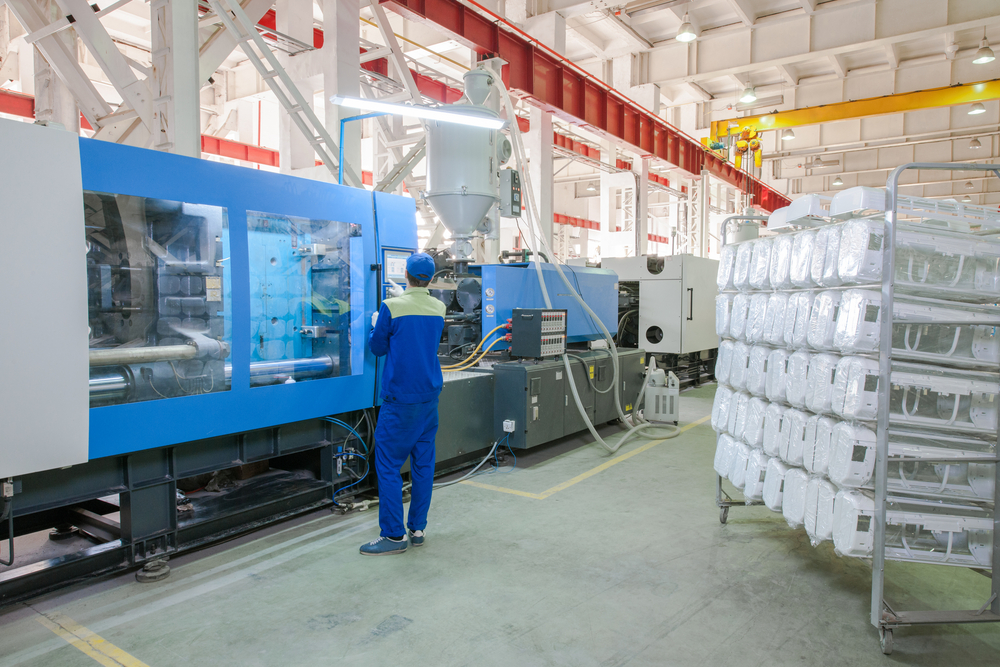Comprehending the Basics of Plastic Injection Molding Procedures
Plastic injection molding offers as a keystone of contemporary manufacturing, providing a systematic technique to creating complex parts with accuracy. Exploring these important elements can expose how even small modifications can lead to significant renovations in production outcomes, elevating concerns concerning the capacity for development in this established procedure.
What Is Plastic Injection Molding?
Plastic shot molding is a commonly made use of manufacturing procedure that transforms thermosetting and polycarbonate materials right into precise and complicated forms. This method is preferred for its capability to generate high volumes of the same parts with extraordinary precision, making it an important approach in various markets, consisting of automobile, customer items, and medical gadgets.
The procedure entails thawing the picked plastic product and injecting it into a mold and mildew under high stress. The mold and mildew, designed to the specs of the wanted part, allows the molten plastic to form as it cools down and strengthens. As soon as the material has hardened, the mold is opened, and the completed element is expelled.
Plastic injection molding uses numerous benefits, consisting of lowered waste, uniformity in manufacturing, and the capacity to incorporate intricate designs that may be challenging with other manufacturing methods. Additionally, it supports a broad array of products, each providing unique residential or commercial properties that can be tailored for specific applications. As markets remain to innovate, plastic injection molding remains at the forefront, enabling the development of advanced items that fulfill advancing customer demands.
The Injection Molding Refine
The shot molding process is a sophisticated technique that entails numerous crucial stages to create top notch plastic parts. At first, plastic pellets are fed into a heated barrel where they are merged a viscous fluid. This molten plastic is after that injected under high stress into a precision-engineered mold, which forms the product into the wanted kind.
When the mold is filled, the plastic is permitted to cool and solidify, taking the form of the mold cavity. Air conditioning time is vital, as it impacts the cycle time and the final residential or commercial properties of the shaped component. After sufficient air conditioning, the mold and mildew opens, and the completed element is ejected using ejector pins.

Products Made Use Of in Shot Molding
Numerous products can be used in the injection molding process, each offering distinct homes that cater to certain applications. The most typically used materials consist of thermoplastics, thermosetting plastics, and elastomers.

Thermosetting plastics, like epoxy and phenolic resins, go through a chemical adjustment during the treating procedure, resulting in a stiff, stringent structure. These materials are excellent for applications needing high warmth resistance and architectural integrity, commonly used in automobile components and electric insulators.
Elastomers, consisting of silicone and rubber-based materials, offer versatility and durability. Their one-of-a-kind buildings make them suitable for applications that require elasticity, such as gaskets and seals.
Additionally, specialty materials like bio-based plastics and composites are getting grip for their ecological advantages and boosted efficiency features, broadening the scope of injection molding applications in various markets. Comprehending the buildings of these products is critical for picking the appropriate type for details tasks.
Advantages of Injection Molding
Shot molding stands apart as a very reliable production procedure that uses countless benefits for creating complicated parts with precision. find here Among one of the most substantial benefits is the ability to produce complex styles that would be difficult or difficult to achieve with various other approaches (Plastic Injection Molding). The process permits limited resistances and comprehensive features, making certain high-grade elements
Furthermore, shot molding is understood for its rapid manufacturing abilities, making it a suitable option for high-volume production. Once the mold and mildew is produced, parts can be generated promptly, minimizing lead times and increasing general productivity. This performance not only decreases production costs yet likewise gives a competitive side in the marketplace.
The adaptability of products utilized in injection molding additionally improves its appeal. A vast array of thermoplastics and thermosetting polymers can be utilized, permitting makers to select materials that ideal meet their details requirements, consisting of flexibility, warm, and toughness resistance.
Moreover, pop over to this web-site the process lessens waste, as excess product can typically be reused and recycled. This sustainability aspect adds to a minimized ecological impact, making injection molding an accountable production selection. Overall, the benefits of shot molding make it a recommended approach for many industries.
Elements Impacting Item Top Quality
While numerous factors can influence product high quality in injection molding, comprehending these aspects is critical for achieving optimal outcomes. Trick aspects consist of product option, processing specifications, and mold style.
Product option plays an essential role, as various polymers display unique residential or commercial properties that impact flowability, stamina, and thermal stability. Inadequate product selection can lead to flaws such as bending or incomplete filling.
Handling specifications, Plastic Injection Molding including stress, cycle, and temperature level time, need to be diligently regulated. Variations in these settings can lead to disparities partially dimensions and surface coating. As an example, excessively heats may trigger destruction of the polymer, while insufficient stress can result in short shots.
Mold layout is just as essential, as it figures out the circulation of the molten plastic and the cooling procedure. Improperly developed mold and mildews might lead to irregular air conditioning prices, causing dimensional inaccuracies and residual stresses.
Final Thought
Finally, plastic injection molding acts as a vital production procedure that makes it possible for the effective production of top quality components. Mastery of the injection molding process, consisting of the understanding of materials and the influence of various variables on item high quality, is crucial for accomplishing optimum outcomes. The advantages of this technique, such as cost-effectiveness and layout versatility, more highlight its value throughout multiple markets, solidifying its status as a preferred choice for high-volume production.
Plastic injection molding offers as a foundation of modern-day production, offering a systematic strategy to generating complex parts with accuracy.Plastic injection molding supplies numerous benefits, consisting of minimized waste, consistency in production, and the capability to incorporate intricate layouts that might be challenging with various other making techniques (Plastic Injection Molding). As industries continue to innovate, plastic injection molding continues to be at the leading edge, making it possible for the growth of sophisticated products that satisfy advancing customer needs
The shot molding process is a sophisticated strategy that entails several crucial phases to create high-grade plastic elements.In verdict, plastic injection molding offers as a critical manufacturing procedure that makes it possible for the reliable manufacturing of premium components.